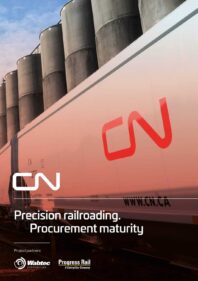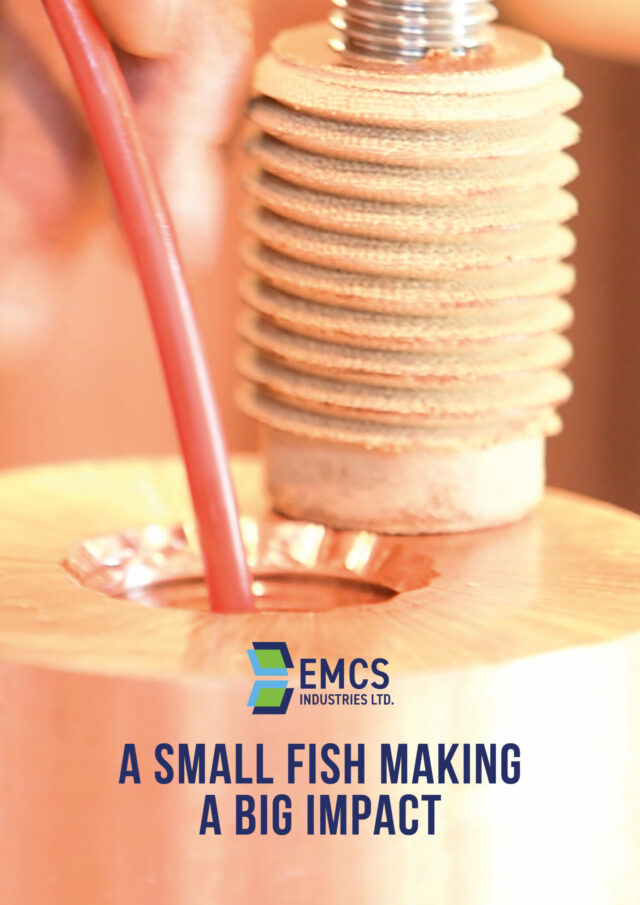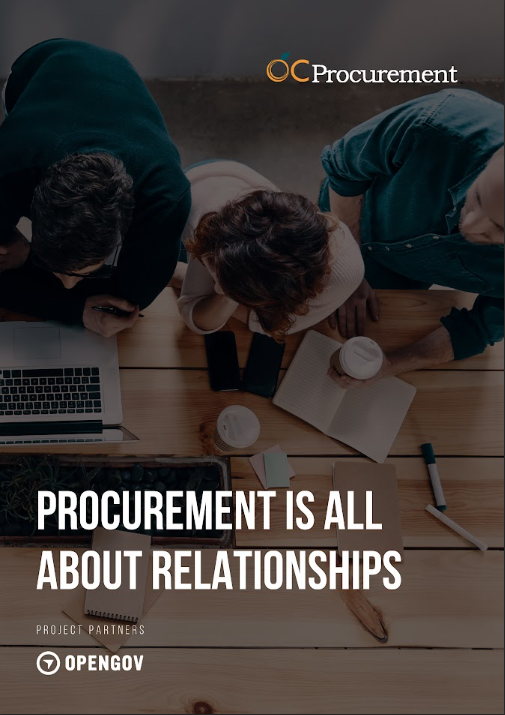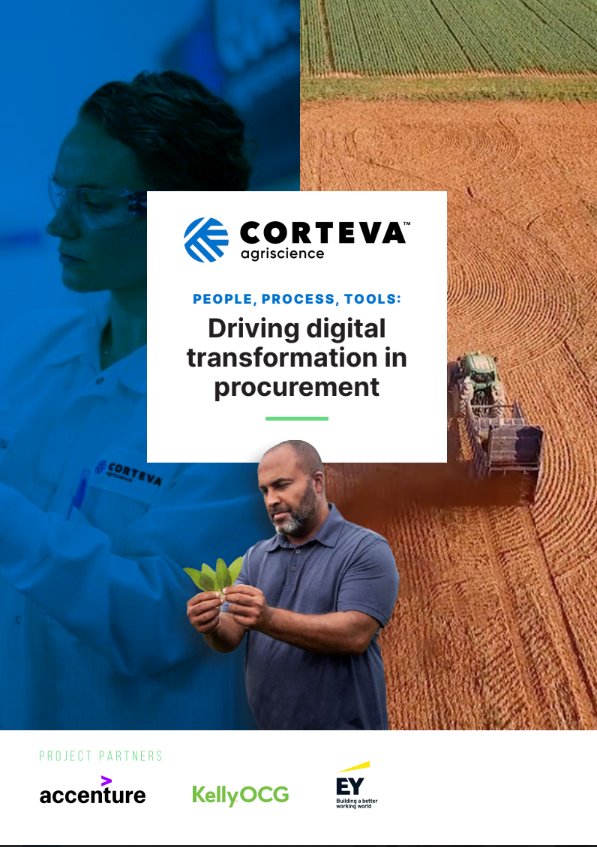The discussion around procurement transformation is seemingly on a never-ending upward curve. More and more businesses the world over are investing in procurement transformation and while this is not an entirely new concept, it has certainly become the talking point for procurement professionals and most importantly CEOs and CFOs right now.
“The fact of the matter is, when it comes to a procurement transformation journey there’s a really good return on investment for it,” explains Paul Harridine, VP of Procurement and Supply Management at CN.
“For one reason or another, a lot of sectors have never thought about it thoroughly. However, for sectors like automotive it’s been a core competence for a long time, as it goes without saying that procurement is key if your whole business model relies on a high proportion of costs being with suppliers. If you weren’t good at Procurement you wouldn’t survive very long.”
Harridine acknowledges that while the benefits are as plain as day for a sector like automotive, for other sectors with entirely different business models, it takes longer for the procurement penny to drop. “If you are a nationalised industry, if your business has a fairly small proportion of its costs with suppliers and much more internally, or if you’re operating with a very high margin, then there is less incentive to look at building your procurement competencies or to look at your procurement costs” he adds. “In the end, it comes to every business, even those with an extreme competitive advantage in a market. At some point, competitors catch up and you have to be effective and procurement expertise is key to that.”
With a team of around 24,000 railroaders which transport more than C$250 billion worth of goods annually for a wide range of business sectors, across a rail network of approximately 20,000 route-miles spanning Canada and mid-America, CN is undoubtedly a market leader. Throughout times of crisis, and 2020 in particular is a year beset by crisis, CN has a responsibility to continue to operate and to deliver on its promises perhaps more so than most other businesses.
CN has always been an extremely effective business from an operations point of view and has led the industry for a number of years. Like all businesses, the level of improvement or the speed of improvement over time starts to slacken off. From an operational point of view, the business recognised the need to look at other areas where it could improve. Continuing to drive what CN calls “precision scheduled railroading” could only take the business so far, for so long, having been the leader in this for around 20 years. With more than $6 billion of external spend each year, this is why, in 2017, a decision was made to embark on a procurement transformation journey.
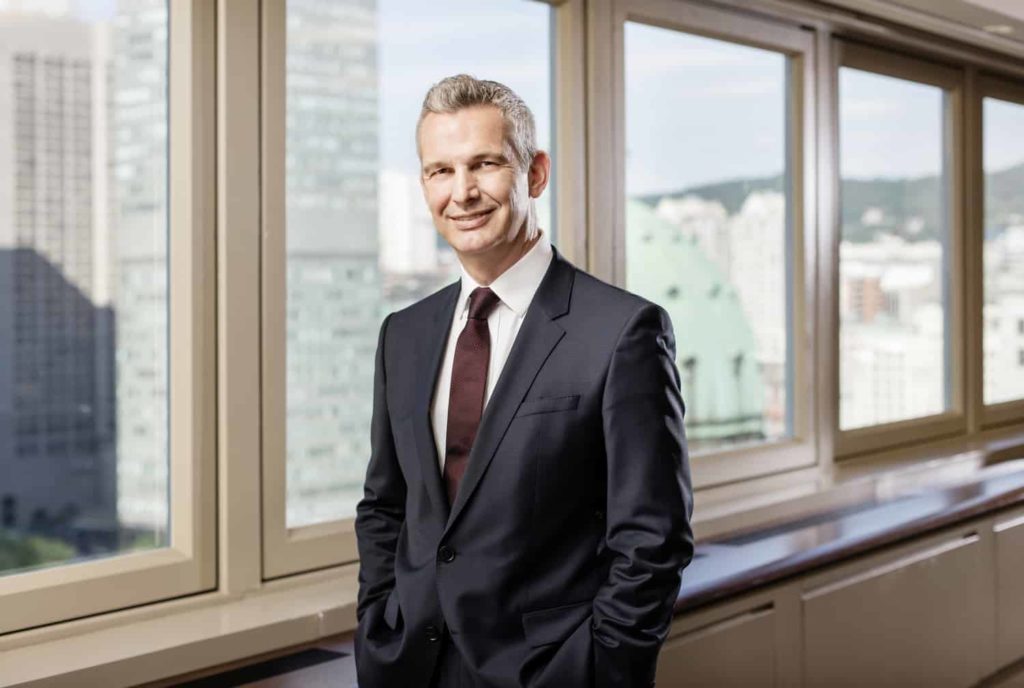
CN engaged PwC to look at how it might drive its procurement performance. This process began in 2016, and as part of this journey CN sought to recruit a VP of Procurement and Supply Management that had experience of transforming procurement in different environments. This is where Harridine entered the fray.
A common question is often why now? Understanding why, is the first step in any transformation journey. It can even be the most challenging, but Harridine speaks of a business that hadn’t really tried to professionalise its procurement supply management function prior to 2016. This apparent gap in performance between what’s happening now and what the potential could be was by his own admission ‘pretty large.’ During this period the business strategy hasn’t changed,” he adds. “We’ve always been about growth, based on a foundation of precision scheduled railroading.
“Occasionally, you do get into business cycles where you suffer a temporary blip, but again, the long-term trend is growth. So there wasn’t any Eureka moment. The business just recognised that procurement investment was the way forward.”
To begin with, PwC worked with CN on a maturity profile, which highlighted different process and system areas where the company was, relative to so called ‘world-class’ procurement functions. This initial benchmarking and foundational work saw the two companies draw up a roadmap. With Harridine coming on board, he admits he needed to hit the ground running pretty fast. “We were able to get the endorsement from the board and I then subsequently took that around the various executive committee members to make sure they were all fully aligned to what it was we wanted to do,” he says. “I also had to engage with the team, and that was probably one of the most important steps, because there was a certain amount of insecurity, given that the existing ways of working had been around a long time and you’ve got consultants coming in and talking about organisational changes, and a new boss arriving. The ownership of the transformation by the team is probably the biggest factor in terms of how effective it will be.”
Trust is something that doesn’t come overnight, and a common challenge for many procurement professionals is building credibility. As Harridine admits, you start with a certain amount of credibility because you’ve been brought in by the CEO and the CFO, but this only takes you so far. While this is crucial to success, it’s ultimately the responsibility of the people in the function to make it happen.
“That’s about building relationships. Trust doesn’t exist in a vacuum and it tends to come following a period of delivering. It can take months, maybe even years in some cases,” he says.
“The team and stakeholders need to buy into the process and so part of that building of trust is engaging them in the development of the solution.”
Whether it’s a category management strategy or a new process implementation, Harridine had to make sure that all key stakeholders were on the steering committees and were a part of the working groups involved in implementing these new solutions. With the procurement function leading these changes, the team sees the success and is part of the solution and as success builds, it becomes self-sustaining. In this regard, it moves away from it being a top down initiative towards a more bottom-up, collaborative approach with teams driving their own targets and managing their own priorities toward the overall vision and objectives that are aligned to the corporate strategy, delivering value across the organisation.
“From a stakeholder perspective, most senior executives will always want to engage in that discussion,” he says. “How can I do better with what’s important to my function and my objectives? How can I help the business do better overall? When addressing areas for improvement it’s also important to not belittle what’s happened in the past. Almost by definition, people get a bit defensive of what’s been done prior, so you’ve got to steer away from that as much as possible. The key to this is engaging people in developing the solution and how it’s going to help them achieve their own objectives.”
CN set out a timeline of three years for this procurement journey and, somewhat naturally, that meant that there were clear objectives that needed to be achieved within this time period. But as Harridine, and CPOs the world over know full well, this journey never stops.
Harridine reflects on his previous experience in the automotive industry more than 20 years ago, where the function drove a 3% year-on-year improvement out of the cost base and muses that were he to speak to people there now; they’d still be driving that level of improvement each year. “You never move away from that mentality of how you’re going to drive another improvement in the following year and you’re going to keep defining a strategy that allows you to do that,” he says.
“Yes, within the three-year timeframe, we’d set some objectives in terms of redesigning processes, introducing new operating systems , expanding the team and implementing a new operating model. As with every transformation, there is always a financial objective and an ROI associated with the programme.”
Three years into this journey and Harridine can point to key successes, delivering on the promise of this transformation but he is keen to acknowledge that the benefits and the achievements go above and beyond these specific examples. “We stayed true to the course and it’s paying dividends now. In our original goals, we were talking about a 100 million dollars of benefits and we have significantly exceeded that. We’ve created value in a multitude of different areas that truthfully were not in that original roadmap,” he says. “Going back to that alignment with stakeholders, there’s a lot of different value creation opportunities in procurement that come from that alignment. Procurement is so much more than simply setting objectives around traditional cost reduction.”
No journey, no matter how successful in the end, is a seamless movement from point A to point B. That’s true of life and it is true of procurement. Harridine recognises this and is blessed to find himself within a company, and an industry space, that has a strong sense of stability that is intertwined with its very purpose as a business.
“Even through the most difficult of situations during 2020, as the backbone of the economy, we still have that inherent capability to still operate and deliver on behalf of suppliers and consumers and customers to keep the economy going,” he says. And in that sense, there’s a kind of certainty about the business that you don’t always find in a lot of other business sectors.”
Every crisis and every challenge is an opportunity to reflect on and look at the resilience and the effectiveness of the work you are doing. For Harridine and CN, the current COVID19 pandemic crisis has certainly put the procurement function to the test.
“Things come along from time to time that obviously test you and the key to addressing these challenges is having an operating model which is agile enough to respond. In procurement we have a process called ‘Perform’ which is broadly based on lean thinking. It is based on the principle in a shop floor context, each morning the team gets together to talk about what the production level needs to be that day, what quality issues there may be and communications that need to be cascaded? So by having that daily pulse on the business, everybody stays very close and agile, and if things are happening, everybody knows pretty quickly what’s going on and you can reallocate and reprioritise very fast.”
Harridine is a firm believer that it’s not simply a case of having a process like this in place. Once people are used to it and use it in the right way, teams work remarkably effectively and become self-starting. “When challenges come, the determining factor for success is how tight is your team?” If your model is effective then the team becomes tighter, he says.
“You see people go above and beyond and when I look at my function and the people in my team, I’d be amazed if anybody could show a team of people that have responded more effectively to a crisis than at our Procurement and Supply Management function at CN.”
The COVID19 pandemic for many procurement professionals has been an opportunity to reflect on the work that the function has been doing. More so, it enabled a sense of endorsement for the function as a whole. Harridine agrees, noting that the biggest endorsement of CN’s processes and systems is that it ‘did not miss a beat operationally’. When one considers the number of products and services CN purchases, the number of suppliers it has, the fact that operationally the business never stopped as a result of the supply issue, highlights the robustness of the procurement function.
“People went above and beyond because they’re proud to work in CN and I hope they’re proud to be part of the function we’re in as well. We all believe in the direction we’re going in,” he says. “That’s probably the biggest endorsement for us when we look back on 2020. In terms of pressure testing our operating model, I think that the team has come through with flying colours.”
When building or transforming a procurement function, one that aims to be best in class, it’s important for businesses to benchmark against the best of the best. The maturity profile looked closely at the quality of CN’s strategic sourcing, procurement systems, governance and supply performance management. It then examined it against procurement functions all over the world, across industry and sector.
“We go back to that maturity profile on a periodic basis because it’s important to get a sense of progress and reset the direction regularly” says Harridine. “ We’ll do another maturity profile early in the new year to see where we are and importantly, figure out how we move that little bit further up the scale.”
“I’ve never once thought about trying to do better than our peers in rail. We want to try and set the standard in rail by aspiring to be world-class. By doing that, we become a true core competence for CN.”
Outside of continuing to improve processes and efficiencies, sustainability is a key goal for CN and for procurement. We have key objectives relating to Safety, Diversity and De-carbonisation. As one of the only organisations accredited on the Dow Jones Sustainability global index, CN is already a strong player in this regard but Harridine knows that more can be done on this front. “The key to improving our sustainability initiatives starts by setting targets in these areas and then investing in our people, both of which I am proud to say we have done. We will only progress if we keep developing our people, our teams and their effectiveness.”
Elsewhere, procurement at CN is exploring how to use technology more effectively such as artificial intelligence, robotic process automation and developing better data analytics. “If we get all of those right, combining them with the supplier partnerships and supplier innovation, then even more value will be generated,” says Harridine. “And if we keep building those processes and capabilities behind the scenes the benefits will look after themselves.”
